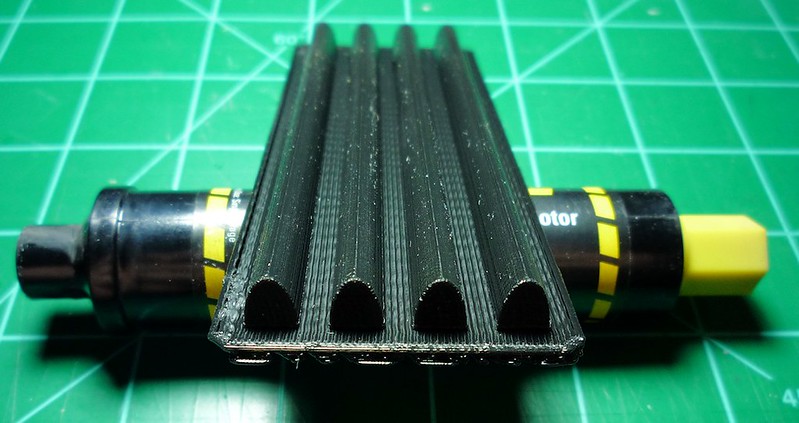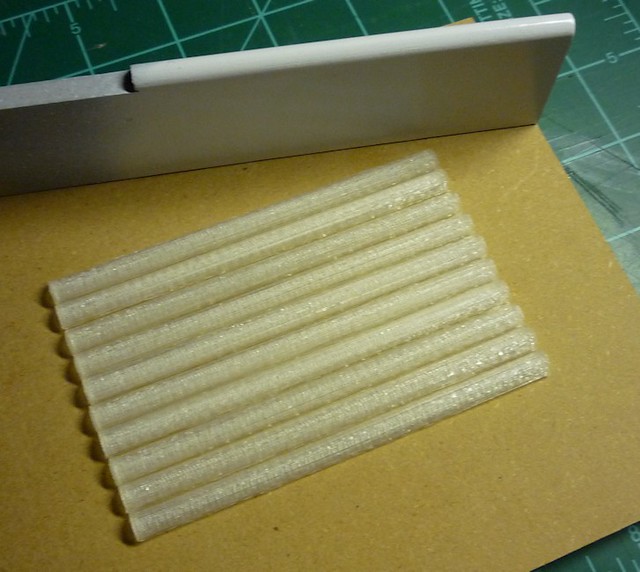Winston
Lorenzo von Matterhorn
- Joined
- Jan 31, 2009
- Messages
- 9,560
- Reaction score
- 1,748
A possibly useful item for 3D printer owners to print - aerodynamically shaped leading and trailing edge strips for 1/4" and 3/16" plywood fin material. I'm tired of the manual method. The maker or buyer can perform the easy-to-do acetone vapor smoothing of the curved side.
I've researched adhesives and it is claimed that _thick_ CA works well with PLA, the plastic which can be used on 3D printers without heated beds like the one I'll hopefully receive later this year when the Kickstarter project ships. I didn't research ABS adhesives. I know that toluene-based model cement works well in ABS/ABS joints, and epoxy doesn't, but I don't know what would be best for an ABS/plywood joint.
I've researched adhesives and it is claimed that _thick_ CA works well with PLA, the plastic which can be used on 3D printers without heated beds like the one I'll hopefully receive later this year when the Kickstarter project ships. I didn't research ABS adhesives. I know that toluene-based model cement works well in ABS/ABS joints, and epoxy doesn't, but I don't know what would be best for an ABS/plywood joint.
Last edited:





